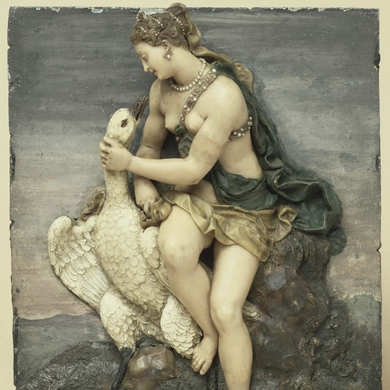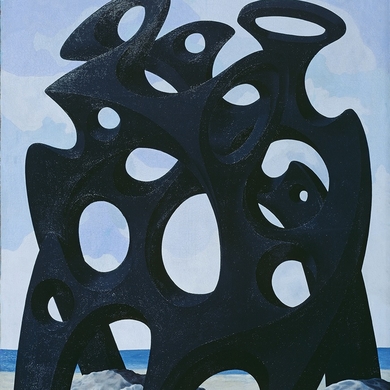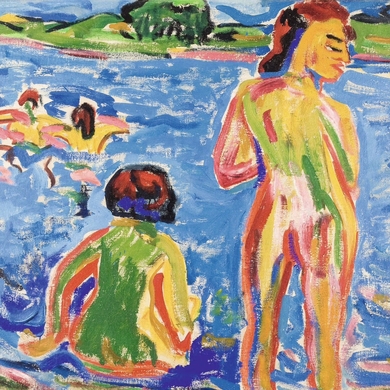In 1936, when he was 24, Jackson Pollock enrolled in an experimental workshop in New York City. There he met the Mexican muralist David Alfaro Siquieros, who taught him how to use liquid paint—a technique Pollock would embrace in the 1940s, when he moved his canvases to the ground so that he could make paintings that dance. But until then, his work was still somewhat figurative, though leaning into surrealism and abstraction. In 1943, Pollock made his first large-scale abstract painting, Mural, commissioned by Peggy Guggenheim for her Upper East Side brownstone. When the art critic Clement Greenberg saw it, he said, “Now that’s great art.” The Musée Picasso revisits the early phase of Pollock’s career, from the late 1930s to 1947, the year his “drip” period began. —Elena Clavarino
Arts Intel Report
Jackson Pollock: The First Years

Jackson Pollock, Mask, 1941.
When
Oct 15, 2024 – Jan 19, 2025
Where
Etc
Photo: The Museum of Modern Art, New-York © Pollock-Krasner Foundation / ADAGP, Paris 2024



